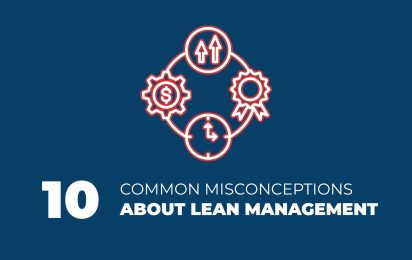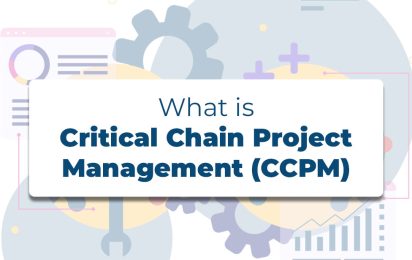Lead Time and Little’s Law: Keys to Optimizing Your Processes

Improving process performance is a crucial issue for businesses of all types. Two valuable tools to achieve this are lead time and Little’s Law.
WHAT IS LEAD TIME?
Lead time, also known as cycle time, is the time it takes for a product to go through the entire production chain, from the raw material inventory to the finished product inventory.
LET’S TAKE A CONCRETE EXAMPLE
In a company that produces drones, the production process of a drone is divided into several stages, for example:
- Manufacturing the frame
- Installing the motors
- Assembling the control systems
- Calibration and testing
Each stage of the process contributes to the overall lead time required to produce a drone, from start to finish.
LEAD TIME FOR THIS STAGE COULD INCLUDE:
- The time needed to transport components from the warehouse to the assembly line
- The time required to assemble the various elements of the control systems
- The quality inspection time to ensure that all components are correctly installed
- The waiting time between the different stages of assembly
By measuring the lead time for this specific stage, the company can evaluate its efficiency and identify opportunities for improvement. For example, if the lead time is too long, it may indicate inefficiencies in the assembly process, such as delays in the delivery of components or coordination issues between teams.
By identifying bottlenecks and reducing waiting times, the company can optimize this stage of the production process, resulting in increased overall productivity and reduced production costs.
WHAT IS LITTLE’S LAW?
Little’s Law is a statistical law that relates the lead time, work in progress (WIP), and throughput of a process.
Little’s Law formula: WIP = Throughput × Lead Time
In other words, the number of units of work in progress in a process is equal to the throughput of the process multiplied by the average lead time.
Example: If a process has a throughput of 10 units per day and an average lead time of 3 days, then the average WIP will be 30 units (10 x 3).
HOW TO USE LEAD TIME AND LITTLE’S LAW?
Improving process performance: Little’s Law can be used to identify bottlenecks in a process and implement improvement actions. For example, if the lead time is too long, it is possible to reduce WIP by increasing throughput or reducing the processing time of units.
Production planning: Little’s Law can be used to estimate the production time required for a given quantity of products. This helps better plan production and ensure that products will be available on time for customers.
Inventory management: Little’s Law can be used to determine the optimal stock level for a process. A stock level that is too high is costly, while a stock level that is too low can lead to stockouts and dissatisfied customers.
LIMITATIONS AND PRECAUTIONS:
- Little’s Law is a statistical law, which means it is not always exact. It is important to take into account the variability of processes when using it.
- Little’s Law assumes that the process is stable. If the process is constantly changing, it is difficult to use it accurately.
IN CONCLUSION…
Lead time and Little’s Law are powerful tools for managing and improving processes. They help understand how processes work and implement improvement actions to enhance performance.
our last posts

10 Common misconceptions about lean management
10 Common misconceptions about lean management Lean Management- sound familiar? This organizational approach, renowned for transforming companies into well-oiled machines,…
Lire l’article
The Role of Operators in a Lean Transformation: Engaging Teams for Lasting Success
How can businesses stay competitive in an ever-evolving world? How can they eliminate waste while creating more value every day?…
Lire l’article
Decoupled Lead Time (DLT): Understanding and Optimizing Lead Time in Supply Chains
In a context where responsiveness and flexibility have become essential, companies are constantly seeking to optimize their supply chains. Among…
Lire l’article
Critical Chain Project Management (CCPM)
In this article, we will explain how to balance a production line to optimally meet customer demand. You will find…
Lire l’article